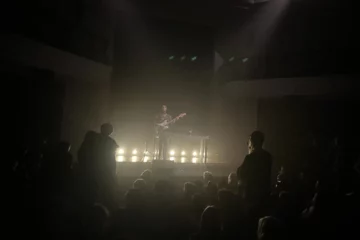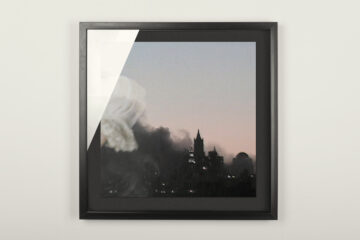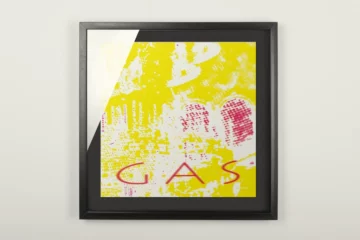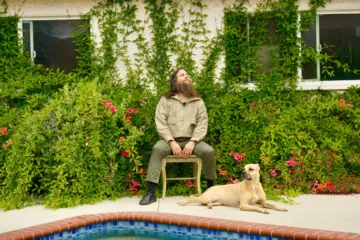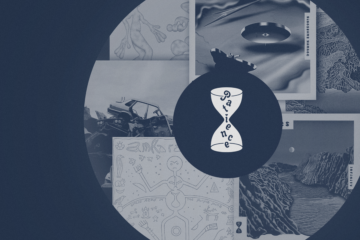Scott Morgen creates soundscapes with his music that are as confusing as they are fascinating. He has been releasing records for more than twenty years now with his Loscil project, which oscillate somewhere between ambient, minimal and dub, but are much more profound than many other releases in this genre. The sound Loscil makes opens up new perspectives and emotions in perception, leading us into a space where boundaries no longer have any meaning.
In the 90s, Morgan played drums and guitar in various bands. (At the end of the 90s, for instance, in the indie band Destroyer around Dan Bejar). At the same time, he studied composition and electronic music, in search of his own musical voice. During this period, he worked intensively on sound and structure. In selecting his ten albums for this list, Morgan took a particularly close look at that time. »If there is such a thing as an underlying theme here, it’s the fact that I mostly gravitated towards music that straddled the boundaries between genres and beyond,« Morgan explains. Besides Philip Glass, Gastr del Sol can also be found on the list.
Colossal places of yearning
Today, Scott Morgan lives in Vancouver and is one of those artists whose albums can consistently be found at the top of the year’s best ambient record lists. But that would be to place his music in the wrong genre, because Loscil also moves outside this genre, even though his sound (also) revolves around the same musical idea. His compositions do not recede into the background, but open up vast landscapes, creating colossal places of yearning with the simplest of means, into which one is drawn. Nevertheless, everything clearly works inwards.
The Canadian is currently releasing the album »Colours Of Air« in collaboration with the composer Lawrence English. Drones and organ sounds form the central elements of an introverted world. It’s another album on which Loscil enters a space of his own with his sound. Here he reveals which albums have shaped his understanding of music.
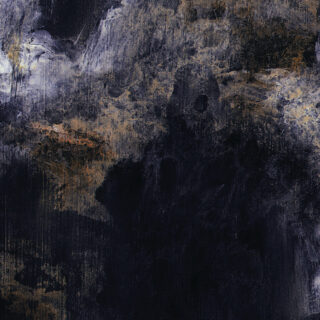
This was the first record I bought issued by kranky. Arguably my gateway to submitting a loscil demo to them.
Redaktion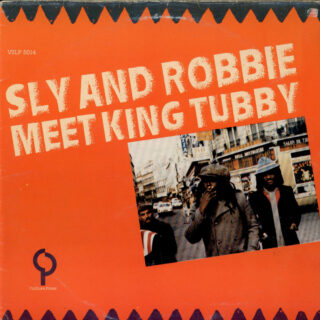
Loscil: I had a dream once that King Tubby and Arvo Pärt collaborated. The music was perfect. There are so many King Tubby Dubs to choose from but this is one I listened to many times over.
Redaktion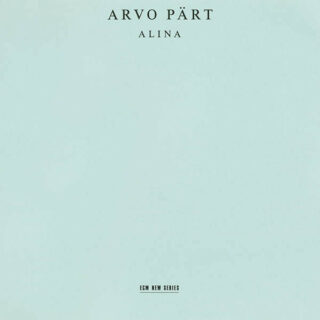
Loscil: While studying modern music in school I was always yearning for more emotion. Everything was about nuts and bolts, mechanics, theory and a kind of academic stoicism. Hearing Arvo Part was like the sky clearing after a heavy rain. Proof that music could be extreme in ways that were’t about muscle, bravado or complexity. Deeply sensitive and spiritual. (also, see above)
Redaktion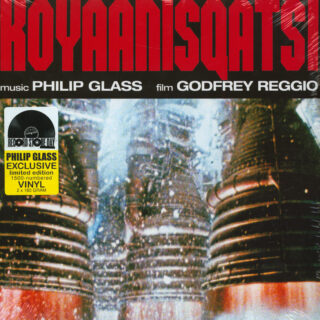
Loscil: I heard this score first while seeing the film (thankfully). But the music is also so powerful on its own and listening to that opening piece still gives me chills.
Redaktion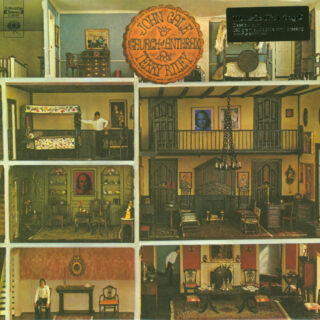
Loscil: I found this in a used bin in the 90’s around the time I was in school playing Terry Riley’s »In C« in performance class and playing drums in local indy bands. It represented this perfect marriage of the rock world with the minimalist art music world for me at that time. One of those underrated gems.
Redaktion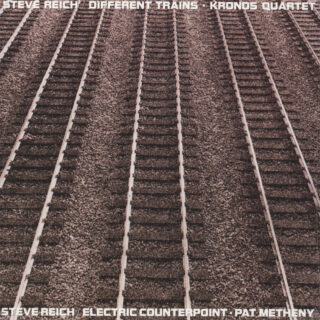
Loscil: I distinctly remember listening to this record in the university library listening room almost 30 years ago and being blow away by the execution of it. I’m big into concepts and programmatic music, but sometimes it goes too far and can be cheesy. I feel like the concept of turning train announcements into music could have turned into complete schlock but in Reich/Kronos hands it's genius.
Redaktion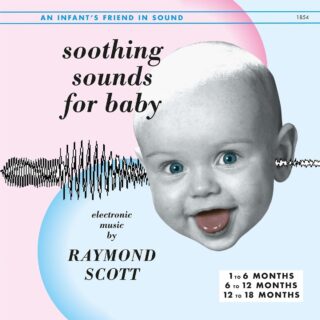
Loscil: I honestly can’t imagine playing this for a baby. But I love the concept of these Raymond Scott baby albums because they're functionally simple but the music itself is relentlessly repetitive and super experimental and sounds unlike anything else. And this was recorded in the late 1950’s!
Redaktion
Loscil: I went through a period of being intensely into free jazz and Ornette Coleman was at the centre of that fascination. I used to listen to »The Shape of Jazz to Come« and »Tomorrow is the Question« relentlessly but was also studying film music. So this score (to the David Cronenberg film adaptation of the William S. Bouroughs book of course) was like a beautiful and unusual sounding melding of these two musical worlds.
Redaktion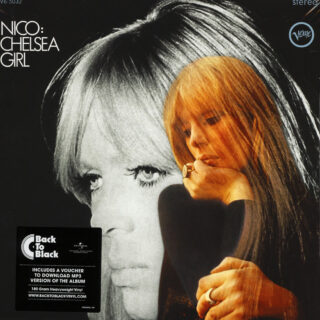
Loscil: Like many I came to this album as a Velvet Underground fan but this album is entirely its own thing. Palpable melancholia. The production is somehow perfectly simplistic.
Redaktion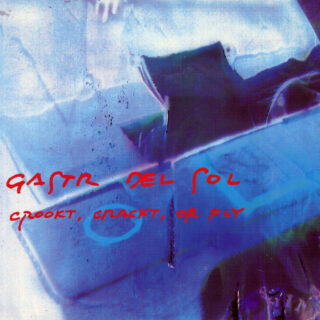
Loscil: Another band that really connected musical dots for me. The idea that songs could exist in some kind of dreamscape or that musical genres and styles didn’t matter so much and could be smashed up and combined. Plus Chicago at this time was just the centre of the musical universe. Jim O’Rourke’s guitar playing on this record is gold.
Redaktion




